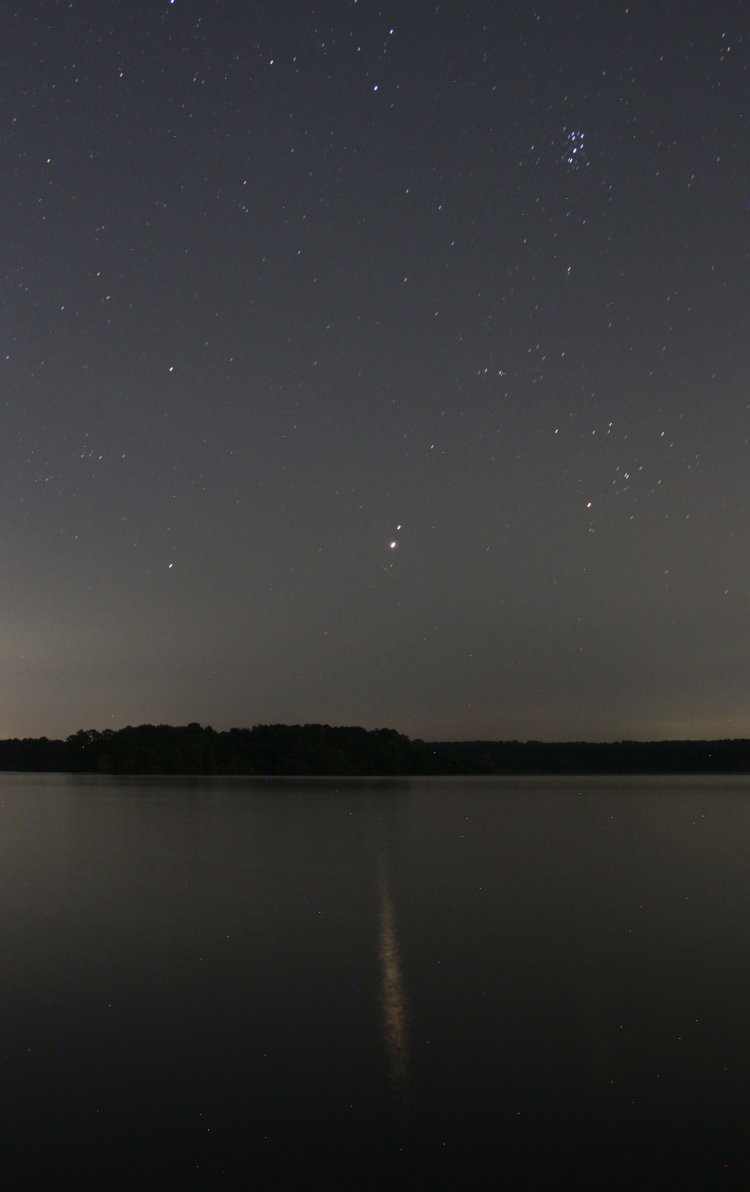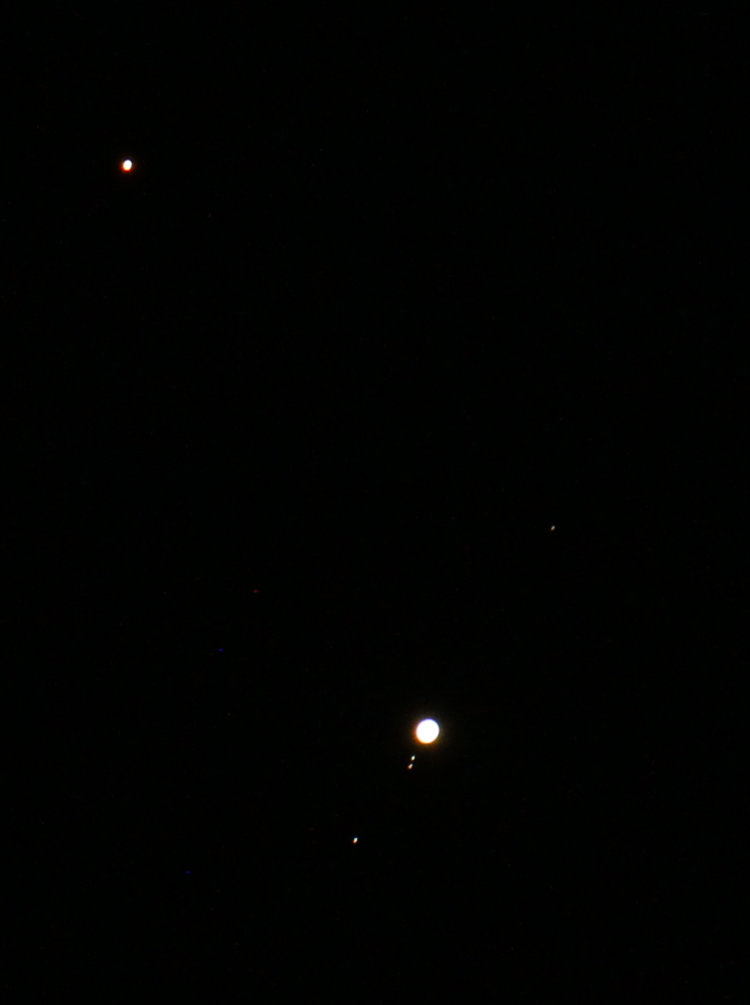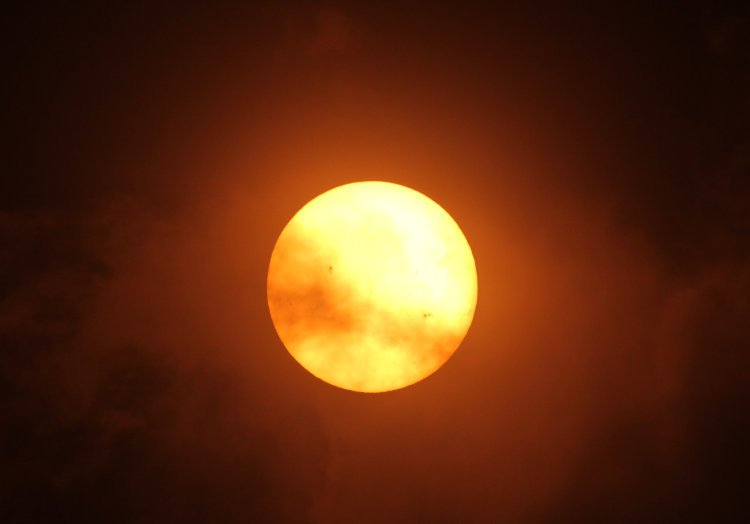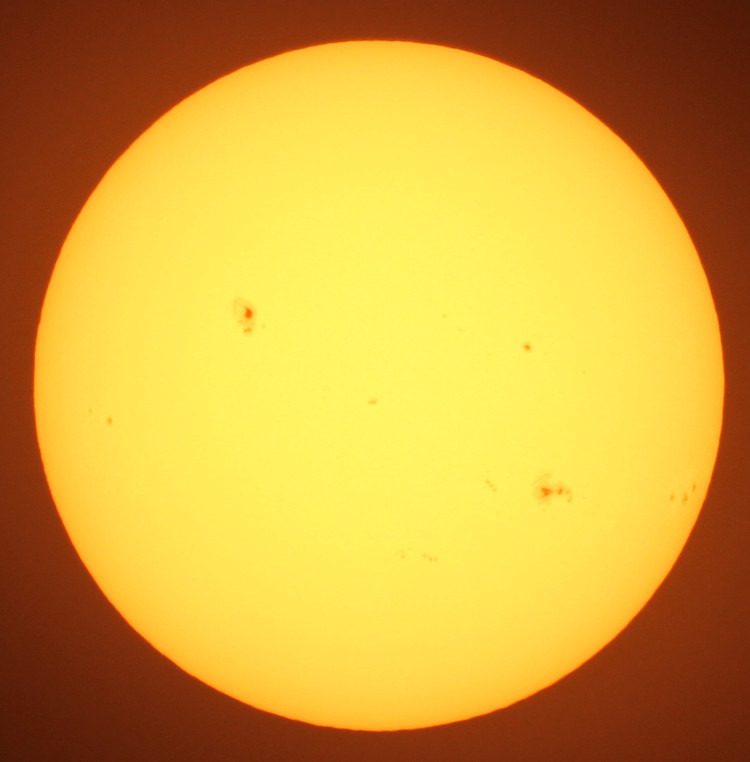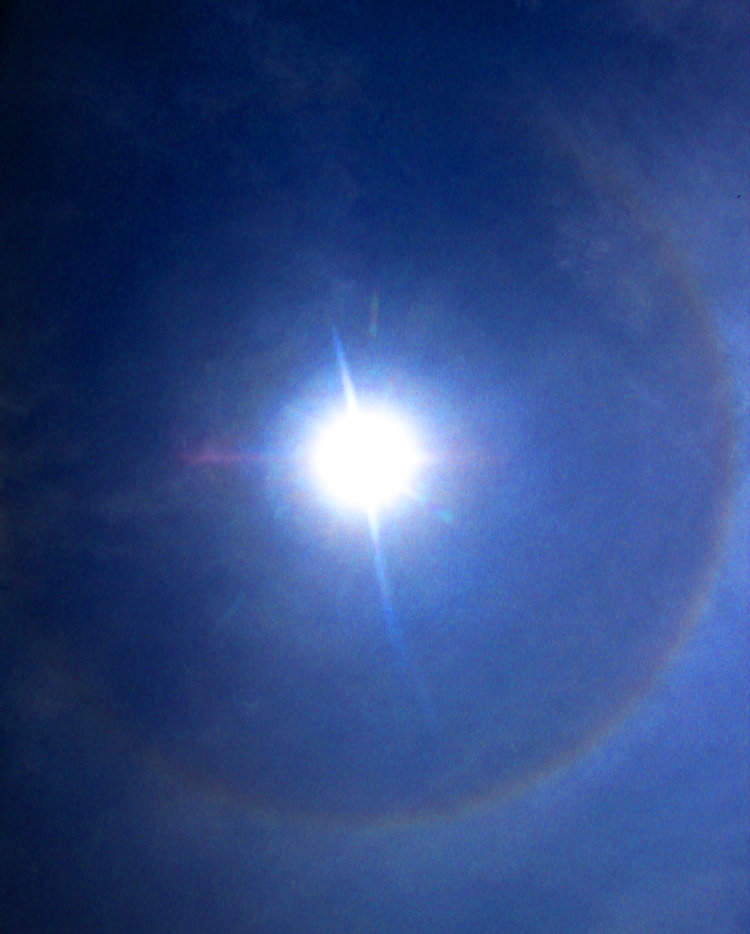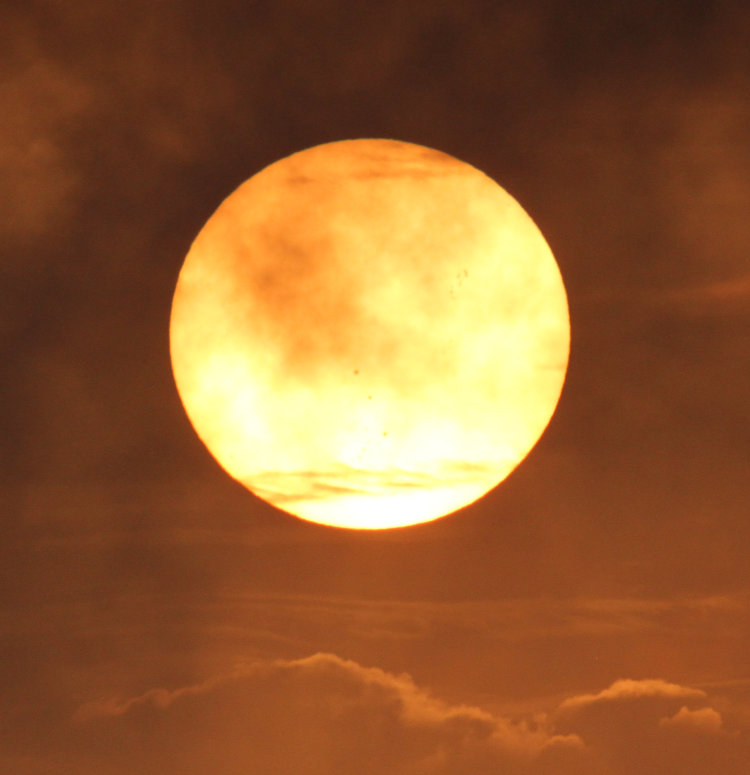I got these photos some time back – not quite a month ago, looking at the date stamps – and then set them aside when I was doing the image sorting some time after that, and am finally getting around to doing a post about them, now that I’ve seen no sign of either for a while, though admittedly I haven’t been looking closely. These were residents of one of the butterfly bushes (Buddleja davidii,) and might still be if I looked a lot closer, because they’re both great at remaining hidden.

First up we have a variety of crab spider, and from BugGuide’s indicators, one of the 18 species of Genus Mecaphesa that we have in this country, which is as close as I’m getting. To the species name, anyway – I can get closer to crab spiders, and even handle them, anytime I want – I just don’t choose to. Despite the apparently aggressive stance, this is a typical pose for them, ready to immediately snag anything (of the appropriate size) that comes within reach to partake of the flowers. When actual danger threatens, they usually tuck in closer and slide around to the underside, or deeper within the crevices among the blossoms.
If you know your butterfly bushes, you know that the blossoms are somewhere around 8-10mm across, to give you the scale. This will come in handy later on.

Not long after a rain, my specimen was found perched high on the bloom spike, beseeching the heavens to stop – or to produce more rain, I’m not sure which. These are one of the species that sometimes makes itself apparent when we’ve been having hot, dry periods and I go around some of the choice plants with a misting sprayer – they’re not as exuberant about it as mantids, but they definitely come out to get some water.

This was the image that I used to semi-confirm the Genus; you can see that the outer front eyes (anterior lateral) are a little larger than the middle (median) two, plus the spider is hairy, which most crab spiders are not. The other four eyes are out of sight from this angle, crowning in a crescent over top of the head and visible from above. The smoothly tapering nature of the pedipalps (those two little front ‘legs’ near the face) peg this as a female, since males will have club-shaped palps. I never saw this one with any prey while I was passing, but it would be easy enough to have something smaller and I’d never notice it unless I was right on top of them.
And now the other resident, sitting only a few bloom spikes away.

It’s a shame these guys are so small and hard to light, since their detail is amazing. This is a variety of jagged ambush bug (Genus Phymata,) and they also adore the butterfly bushes, but are often twice as hard to spot. Their exoskeleton always puts me in mind of the classic Samurai illustrations, and while they tend to avoid me when I lean in close, they’re pretty confident when going after prey – that’s probably where the name comes from.

This is a slightly better view, but also check the blossom that it’s hiding behind – the overall length of the arthropod doesn’t exceed 10mm, and this one was slowly sidling out of view every time I tried for a better angle. The macro softbox rig is on a flex-arm and quite adjustable for light angle, but this doesn’t mean that other branches of the same bush won’t be preventing me from achieving the angle that works best, and even bumping them can cause a subject to panic and go for cover. I have a lot of shots (well, I mean, I throw them out) where another branch threw a shadow across my subject.

Perhaps the best lighting angle, because it shows the knobbiness of the chitin as well as some adhering raindrops, though the detail of the legs, pincers, and proboscis aren’t adequate. If you look closely, there’s a ‘smiley face’ on the foreleg that marks the serrated edges of their viselike pincers – you get a much better view here.
The flowers of butterfly bushes don’t last very long – about a week or so – and while they come into bloom at different times, it’s only about two weeks before the entire spike is dead and brown and not attracting any food for these guys. I watched the ambush bug here work its way up to hiding out among the only two faintly-living blossoms at the tip of a brown cluseter, not in a hurry to abandon the spike, and missed my opportunity for a shot then. The next day it was gone, and I have to paint this picture, since on this bush, the branches are all long and decently separated, so the ambush bug had quite a trek down the stem to another branch and back up to the end where the blossoms are – I looked, but could not find it either on a new spike or making progress to one. The crab spiders have it much easier: they can simply cast a webline in a faint breeze and take a shortcut across between blossom clusters, with the added benefit that they can see which spikes look the most promising. For the ambush bugs, they’re making the choice way down at the base of a fork, likely unable to see which branch is going to produce new blooms soon. Maybe they have some method of telling otherwise? You got me. As adults, they will have wings, but it’s also likely that at that time they’re not pursuing prey anymore, interested only in reproduction like many arthropods, and so the advantage of wings wouldn’t be for choosing a nice ambush spot.
But for these reasons, when I’m deadheading the butterfly bushes, I always drop the cut off dead blossoms into the pot at the base of the same plant, so if I do inadvertently cut a blossom where a spider or ambush bug (or anything else, really) is hiding, they’re still within reach of their chosen feeding locations.
